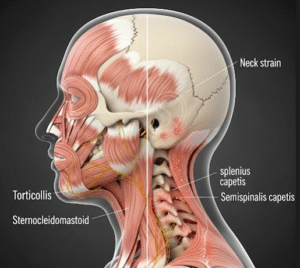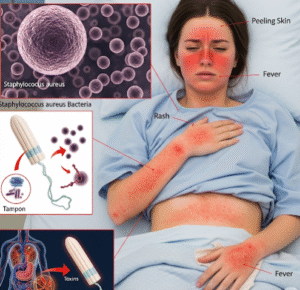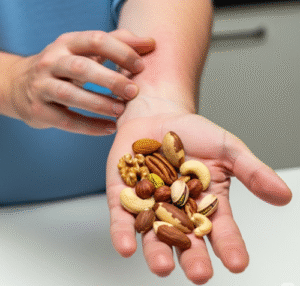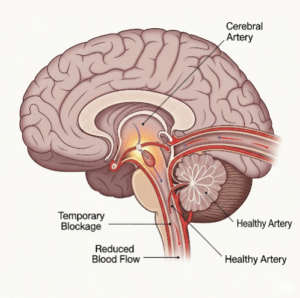Overview
Arthritis refers to inflammation of one or more joints, causing pain, stiffness, swelling, and reduced mobility. It is a common condition that affects people of all ages but becomes more prevalent with age. There are over 100 types of arthritis, with osteoarthritis and rheumatoid arthritis being the most common. Early diagnosis and treatment can help manage symptoms and prevent joint damage.
What is Arthritis?
Arthritis is not a single disease but a term that encompasses multiple joint-related conditions. The two most common forms are:
- Osteoarthritis (OA): A degenerative joint disease where cartilage wears down over time.
- Rheumatoid Arthritis (RA): An autoimmune disorder where the immune system attacks the joints, causing chronic inflammation.
Other forms include psoriatic arthritis, gout, ankylosing spondylitis, juvenile arthritis, and infectious arthritis.
Symptoms
- Joint pain
- Swelling around joints
- Stiffness, especially in the morning or after inactivity
- Redness and warmth around the joint
- Limited range of motion
- Fatigue (more common in autoimmune types)
- Joint deformity (in advanced or untreated cases)
Causes
The cause of arthritis depends on the type:
- Osteoarthritis: Wear and tear of joint cartilage over time
- Rheumatoid Arthritis: Autoimmune attack on joint lining
- Gout: Accumulation of uric acid crystals in the joint
- Infectious Arthritis: Joint infection caused by bacteria, viruses, or fungi
- Psoriatic Arthritis: Linked to the skin condition psoriasis
- Genetic predisposition and injuries may also contribute
Risk Factors
- Age (risk increases with age)
- Female gender (especially in RA and lupus)
- Family history of arthritis
- Obesity (increases pressure on joints)
- Joint injuries or repetitive strain
- Autoimmune diseases
- Smoking (linked to RA development)
Complications
- Chronic pain and disability
- Joint deformity and loss of function
- Reduced quality of life
- Increased risk of falls due to mobility issues
- Systemic complications (RA may affect the lungs, heart, and eyes)
- Depression and anxiety due to long-term pain
Prevention
- Maintain a healthy weight
- Exercise regularly to strengthen muscles around joints
- Avoid joint injuries and repetitive motion stress
- Quit smoking
- Manage chronic conditions like diabetes and high cholesterol
- Early diagnosis and appropriate treatment
Treatment Options in Korea
South Korea is renowned for its advanced rheumatology, orthopedics, and rehabilitation care. Patients can access cutting-edge diagnostics and a range of treatment options tailored to their arthritis type.
- Diagnosis
- Blood tests: To detect inflammation, rheumatoid factor (RF), anti-CCP antibodies
- X-rays and MRI: To assess joint damage and inflammation
- Joint aspiration: Analyzing joint fluid for signs of gout or infection
- Ultrasound: To detect joint inflammation and guide treatment
- Medications
- NSAIDs (e.g., ibuprofen, naproxen): To reduce pain and inflammation
- Corticosteroids: For quick inflammation relief
- DMARDs (Disease-Modifying Antirheumatic Drugs): Especially for RA (e.g., methotrexate)
- Biologic therapies: Targeted treatments for autoimmune arthritis (e.g., TNF inhibitors)
- Colchicine or uric acid-lowering drugs for gout
- Physical Therapy and Rehabilitation
- Customized exercise programs to improve joint mobility and strength
- Occupational therapy for joint protection techniques
- Use of assistive devices like braces, canes, or ergonomic tools
- Lifestyle and Supportive Therapies
- Weight management programs
- Anti-inflammatory diets (rich in omega-3s and antioxidants)
- Stress reduction strategies and counseling
- Acupuncture and Korean traditional medicine as complementary options
- Surgical Treatment
- Arthroscopy: Minimally invasive joint procedures
- Joint realignment (osteotomy)
- Joint replacement surgery (e.g., knee or hip arthroplasty) for severe damage













